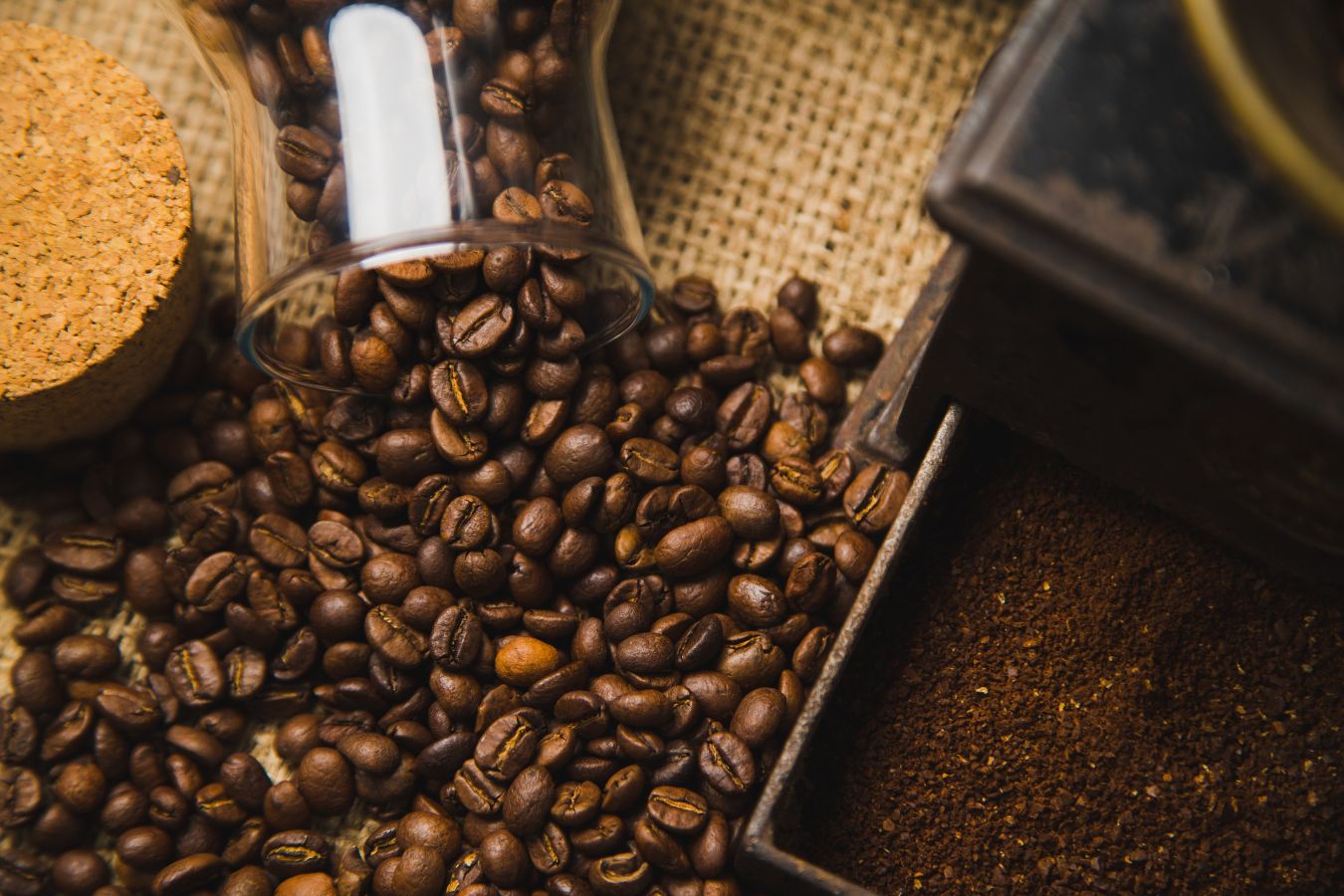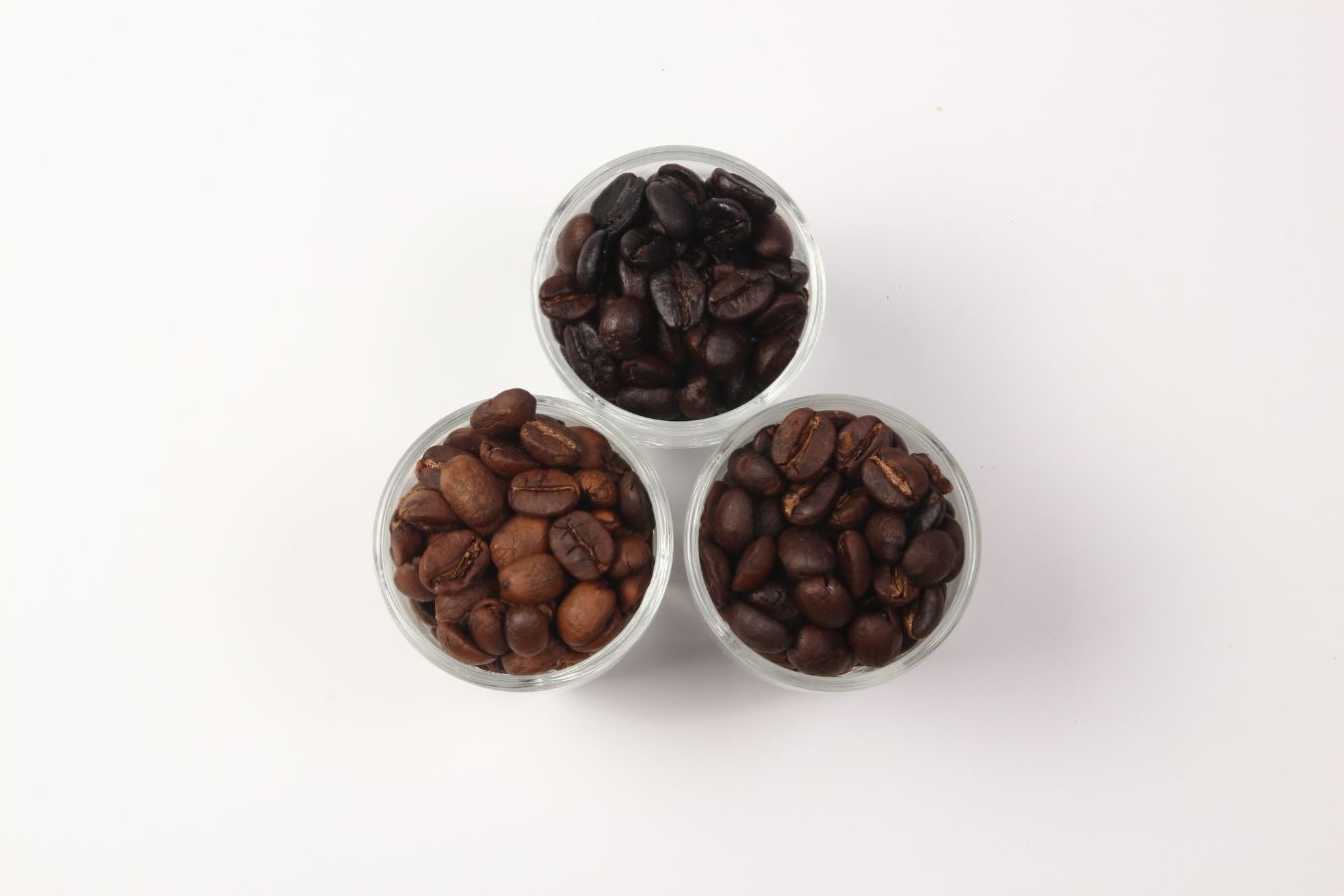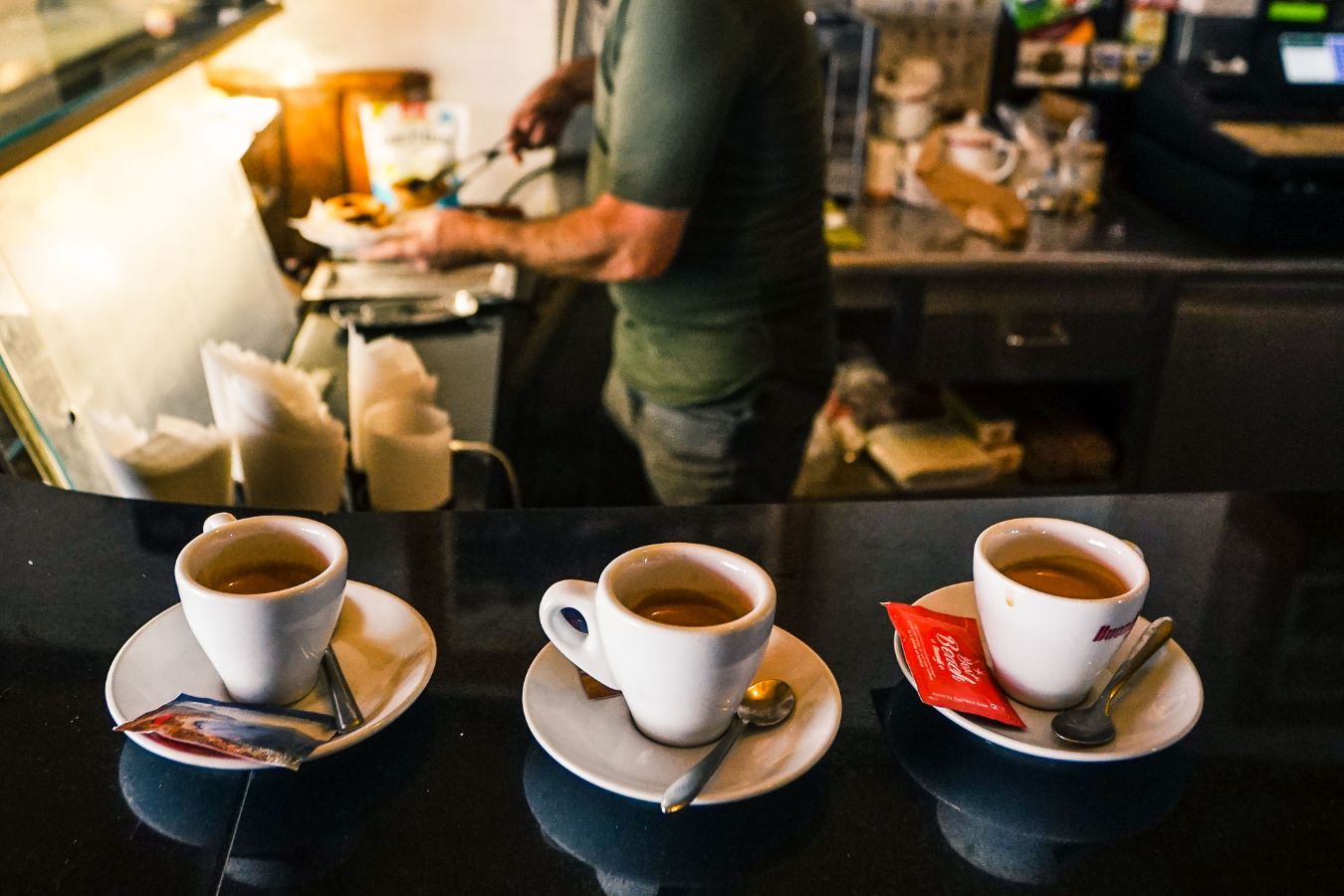
For over 19 years as a roaster and consultant, I’ve had the opportunity to “cup” and examine roasting data for over 20000 roasts using various machines and procedures. Five years ago, I spent a few days poring through the roasting data, attempting to discover common ground in the best batch I’d ever tasted. To be clear, I’m not talking about the “amazing” roast. I only pay attention to the details of roasts that are so unique that I can “taste” them months and years afterwards in my mind. That attempt allowed me to consider what these “commands” are.
It becomes a commandment if a procedure appears to apply to a wide range of coffees and roasters. For the past five years, I’ve been trying, testing, and perfecting the commandments, and I have yet to encounter a case in which cf is beneficial when a commandment is broken. I’ve also had numerous occasions to put these commandments to the test in reverse; when I’ve had exceptional roasts from others, and they’ve shared roast data with me, these profiles certainly fulfil the commandments.
I’m not sure I understand why these ways are correct. But I am convinced that if you keep an open mind and follow these guidelines, you will be pleasantly surprised at how superior your roast will be.
At the start of a roast, you must use enough energy
It’s critical to use the optimum amount of heat at the beginning of the roast for the best flavor and seed development. While you can start a batch with very little heat and still roast the bean centers to perfection, the product’s flavour can be awful since the roaster is forced to overcook the beans to compensate for the insufficient early heat transfer.

The charge temperature, drop temperature, and roasting duration are all the same in batches A and B. Batch A is more developed than batch B because the bean temperature grows faster at first.
The importance of creating the initial surface-core (delta) temperature difference in a roast is illustrated in this diagram. In batch A, the roaster applies just enough energy at the start of the batch to create extensive details, allowing the grain’s interior temperature to smoothly catch up with the bean’s extreme temperature at the end of the set.
Batch B gets off to a slower start, resulting in a smaller delta. Compared to batch A, the roaster uses extra heat in the middle of the pack to ensure that the beans are roasted adequately on the exterior for the same length of time. On the other hand, the excess heat arrived too late for the temperature inside the seed to equal the temperature outside the source, and batch B remained underdeveloped.
The Temperature of the Green Coffee Bean Must Always Decelerate
The rising (ROR) of the bean temperature in each batch climbs rapidly at first, and then slows down as roasting progresses. This is apparent when room-temperature beans are placed in a hot roasting cage. The roaster’s purpose should be to create a lowering ROR over time. If the ROR rises during roasting (other than towards the end of the batch at 2-3 minutes), the development will be disrupted, and some potential sweetness will be lost.
Even if the ROR is steady or horizontal for 1 minute, the sweetness will be ruined, and a bland taste associated with paper, cardboard, dry cereal, or straw will result. It’s enough for me to ensure that the ROR has a horizontal line every time I taste these culinary deficits and have the opportunity to re-examine the roast data.
If the ROR declines consistently, stabilizes, and then slopes off, development is jeopardized, and baked flavors will develop unless the roast is removed promptly. The flat, dumb taste produced by the continual ROR is akin to baked flavor, but it’s worse. If the batch comes to a halt, the bean temperature does not rise (e.g., ROR is zero or negative), the baked tastes will take over, and the sweetness will vanish. I’m aware that scientists haven’t figured out how baked flavors work chemically.
The image above depicts four roast profiles, whereas the figure below shows the ROR curve for each. The long, flat curve (1) in blue denotes that the flavour will be sweet but not overpowering. The blue and red ROR curves (2,3) are increasing, indicating that these roasts are not developing as well as those at the same roast level. There are no issues with the yellow profile or the ROR curve corresponding to it. (Photo courtesy of Cropster)
The most popular explanation is that the roasting pause produces the formation of a polymer chain, which reduces sweetness while increasing baked tastes.

The following profiles reflect various RORs for clarification.
ROR has a natural tendency to shift direction at specific periods, according to experienced roasters. The first crack step of the roasting process is perhaps the most difficult. Roasters must anticipate and modify each of the following typical events to produce a smooth lowered ROR:
- ROR expands typically a minute or two before the start of the game.
- Due to the chilly effect of evaporation, ROR tends to decrease dramatically in the first crack.
- ROR tends to rise after the first crack rapidly.
- ROR increased again during and after the second fracture.
A typical ROR profile, taken from Cropster’s image, is in the 1st crack range. Before the first crack, the ROR curve usually is flat, then drops as evaporation increases, then rises again when the first crack stops. Most roasters are so accustomed to this profile that they are unaware that it eliminates the cf flavor.
Why is it that a ROR curve constantly falling contributes to optimal development? Consider the following sections of the roasting curve:
The foundation for Fragment A and Fragment B in the following two figures is the part highlighted on this curve.
Consider the following two circumstances, both of which have the same starting and ending temperatures: The roasting curve in the previous picture grows with decreasing thermal acceleration; the roast curve in the figure below goes straight up, suggesting that the ROR is equal and even.
Fragment A creates a greater delta more quickly than Fragment B, resulting in better grain formation. The particle temperature with acceleration constantly drops. Optimization of the development process is compelling if you regard the roasting curve as the success of such fragments. (I believe there are some technical, contentious exceptions to this rule, but they are outside the scope of this book.) The crucial aspect is that while roasting, roasters should strive for a lower ROR.)
Roaster: Start the first crack at about 75% to 80% of the roasting time
The roasting time from the start of the first crack to the completion of the batch should account for 20-25 percent of the overall roasting time, according to my experience. Another way, a 1st crack should occur between 75 and 80% of the whole roasting time. I’m very sure that the ideal ratio is in a narrower range and should change slightly based on the roast desired, but I don’t have enough data to back up my claim.
The cf will be flat 75% of the time if the first crack starts. The development will not be enough if it is greater than 80%.
Most roasters appear to vary development time independently from the rest of the roasting process. However, this method frequently results in burnt tastes or underdevelopment. Rather than focusing on development time, I advocate that roasters adjust the last phase of the roasting curve to make it proportional to the total roasting time. I’m hoping that roasters will find this incentive ratio beneficial and that the phrase “development time” will be replaced by “dev time ratio” or something like that.